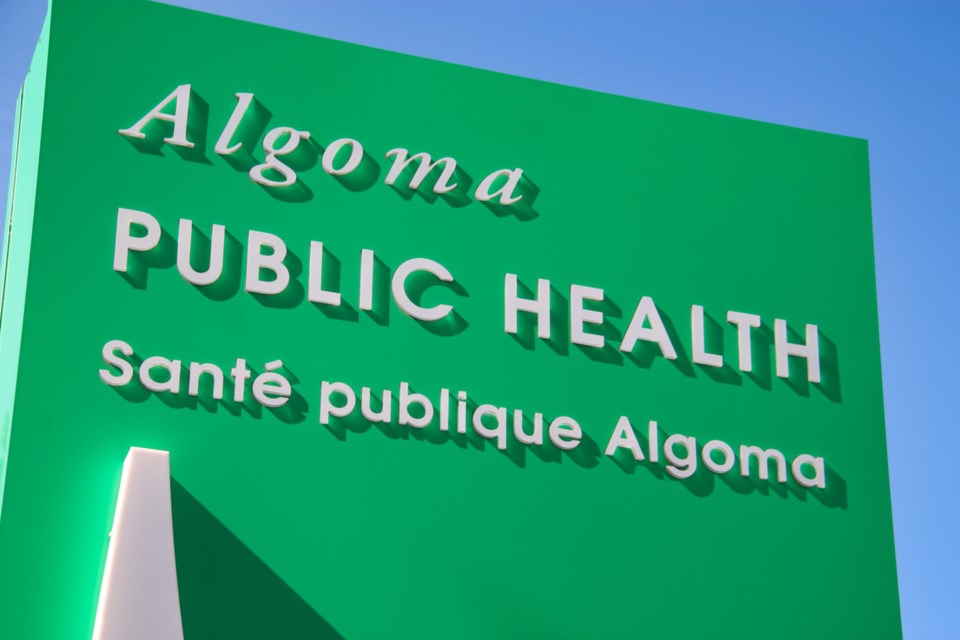In an effort to clear up confusion surrounding individual organizations releasing information on positive COVID-19 cases, SooToday reached out to Algoma's top doc for clarification.
“When someone tests positive for COVID-19, APH conducts a thorough investigation to determine the time period when that person was infectious, and would have been able to transmit the virus to others. A person with COVID-19 can transmit the virus to others 48 hours before they have any symptoms,” said Dr. Loo, Medical Officer of Health for Algoma Public Health.
All people who had close contact exposure with the case are identified, and notified directly by APH to self-isolate. Close contact exposure generally means being less than two metres apart for over 15 minutes, without masks or PPE.
“If a person with COVID-19 was at the workplace while they were infectious, APH works with the workplace's health and safety lead to determine whether any coworkers, clients, or members of the general public may have been exposed as close contacts,” said Dr. Loo. “This investigation also reviews whether required COVID-19 precautions were in place at the workplace, such as physical distancing, masking, symptom screening, and keeping patrons' contact information.”
Usually, if all required precautions are in place, there should be very few close contacts identified in the workplace, and the risk of transmission to coworkers and customers would be low.
“Workplaces may choose to issue their own public notification as part of their organization's policy. However, this does not mean that there was a public exposure risk. If there is an exposure risk to the public, APH would issue a notification with the times and locations of exposure, as well as public health instructions on next steps, and how to contact APH for further recommendations,” said Dr. Loo.
Dr. Loo says that transmission of COVID-19 in the workplace tends to happen when physical distancing and masking are not properly observed. For example, if coworkers take meal breaks together, or carpooling together without proper masking or physical distancing.
“If there is no exposure risk identified to the broader public, APH does not release identifying information about a case, such as where a person with COVID-19 works. This is important to help protect the person's privacy, and also to avoid stigma for a workplace or for workers,” said Dr. Loo.
“If there is an exposure risk to the general public, or if the workplace is unable to provide contact information for APH to directly notify affected coworkers and customers, APH would issue a public notification of the times and locations of exposure. This is important so that close contacts can be aware that they are affected, and take public health precautions,” she said.
If there is evidence of workplace transmission of COVID-19, or if there is evidence that there are inadequate safety measures in place, the Ministry of Labour may also be notified for health and safety concerns.



